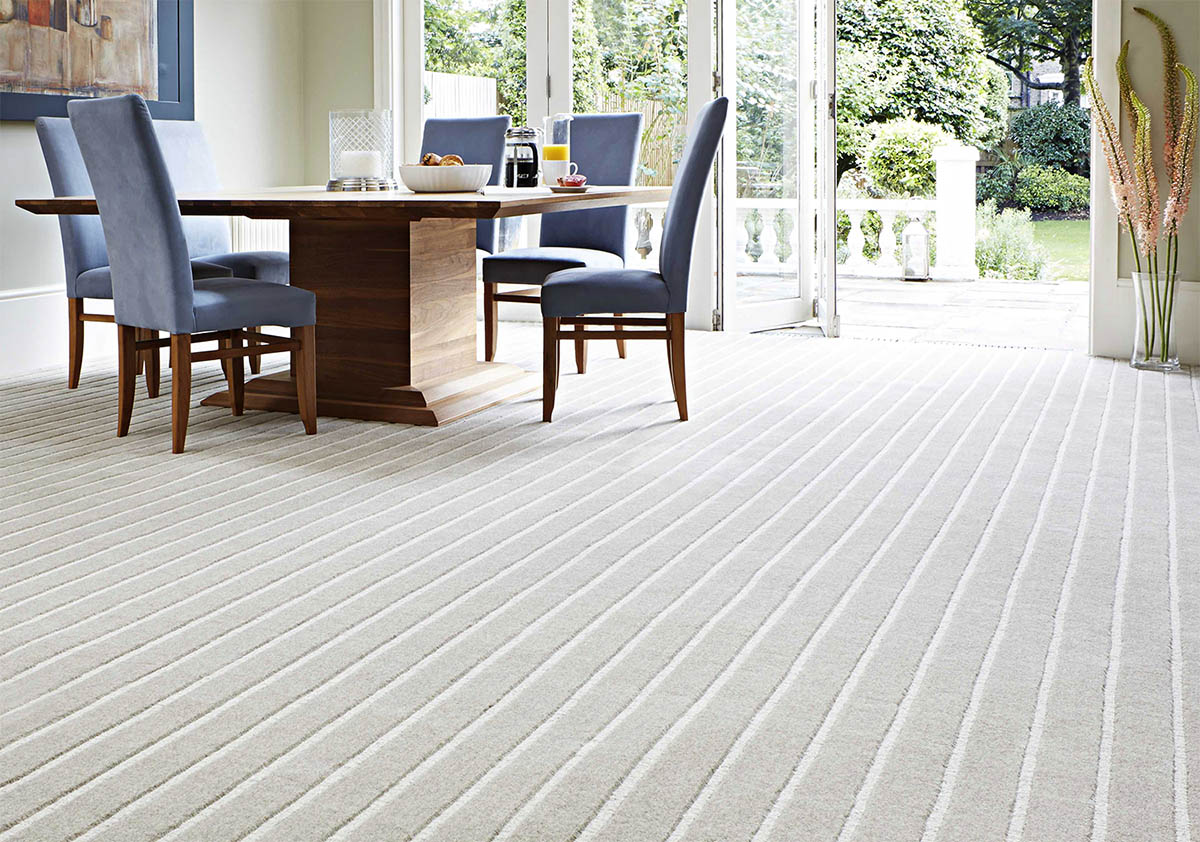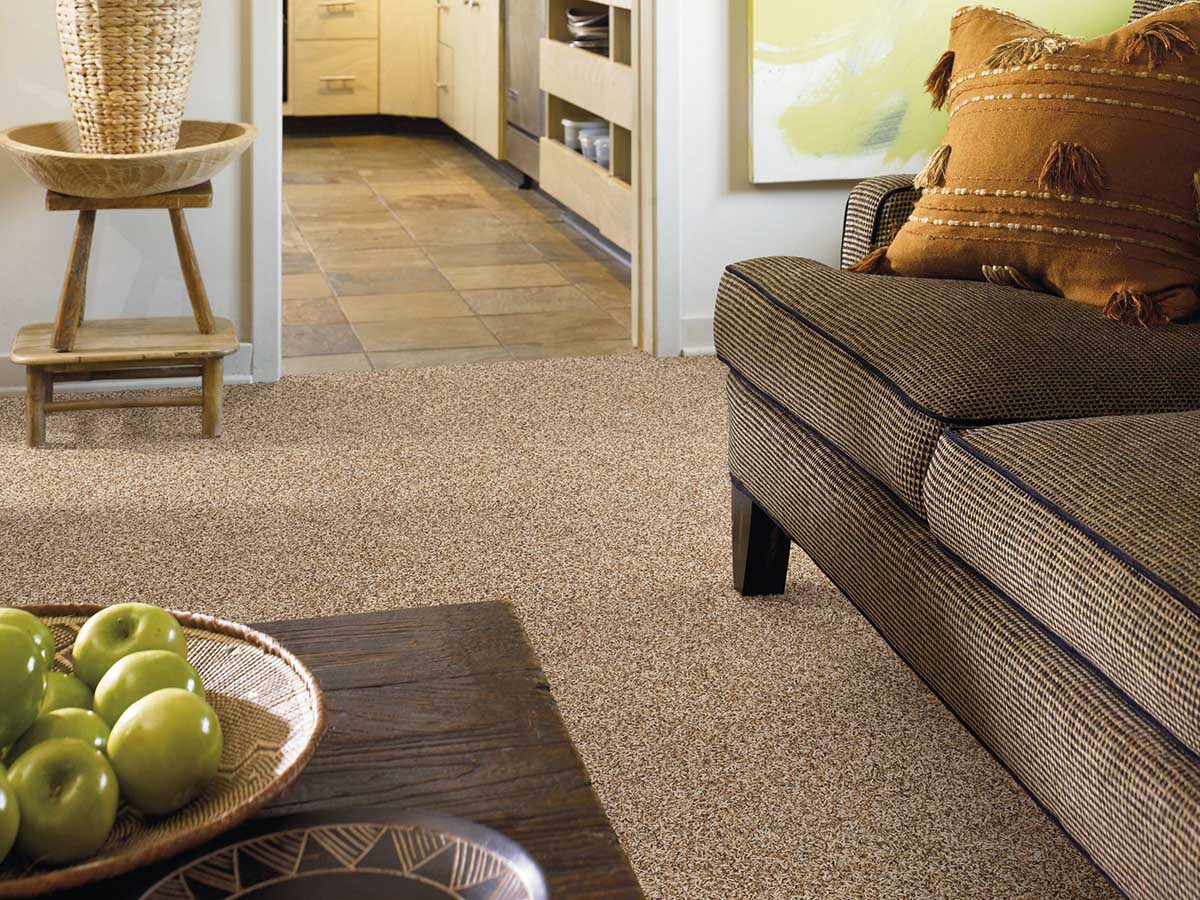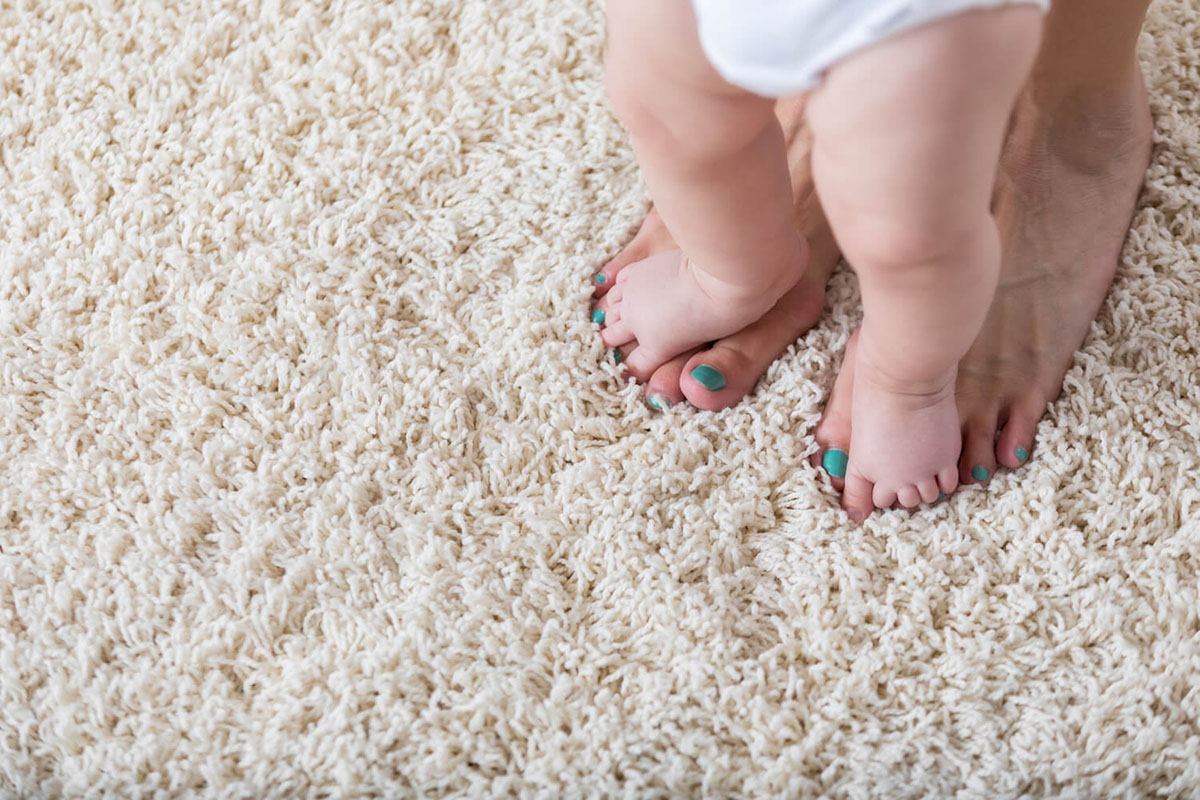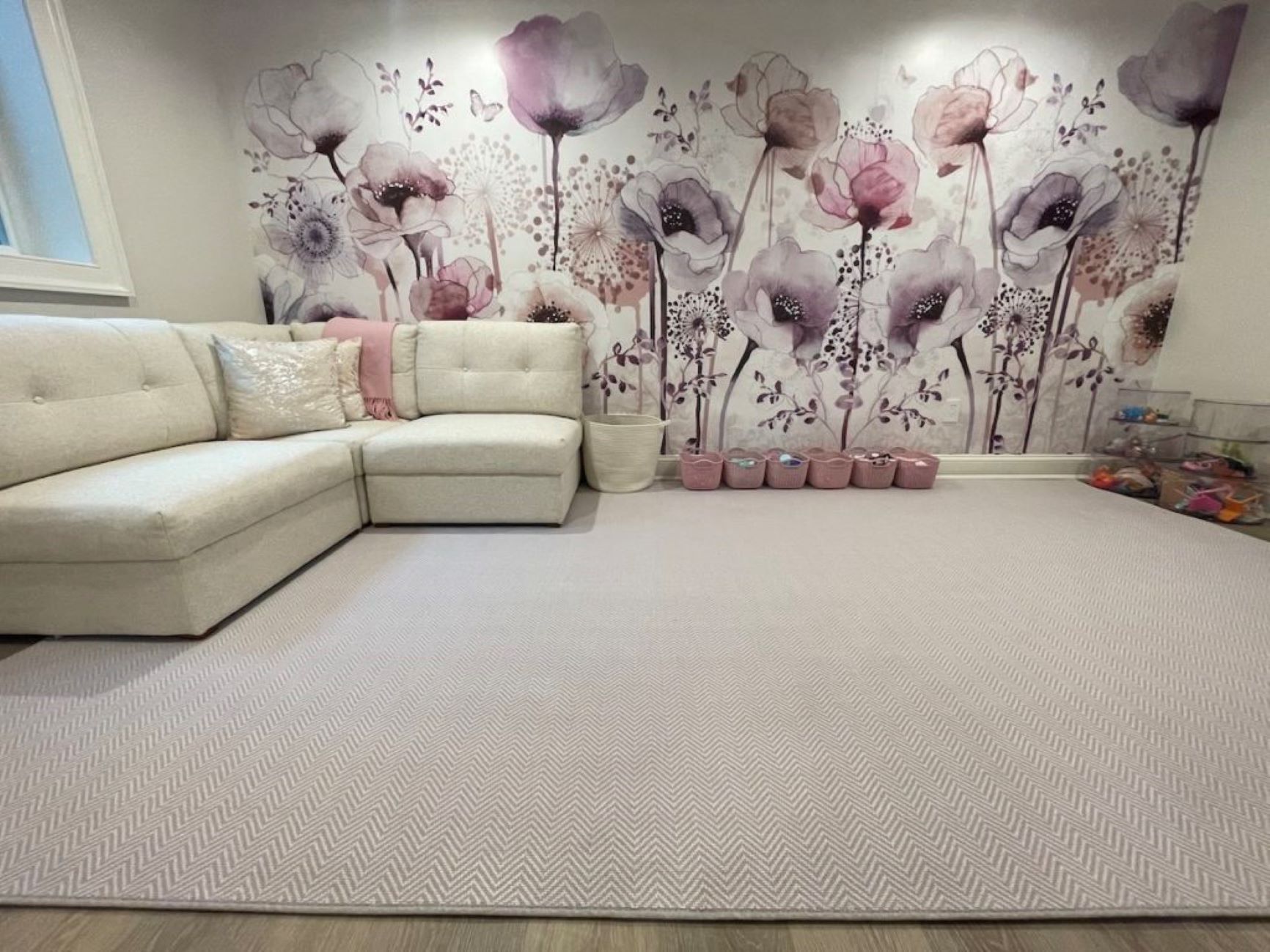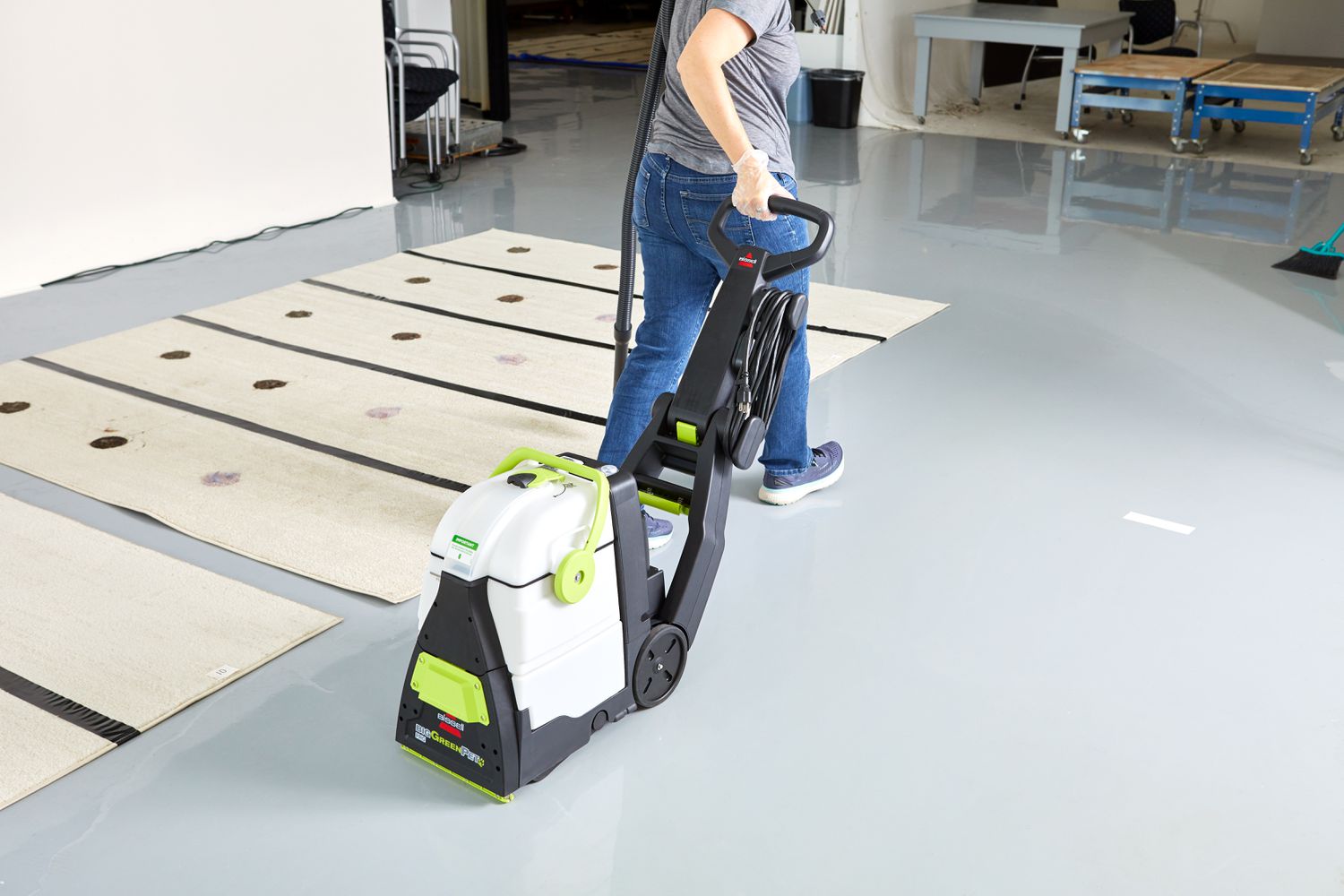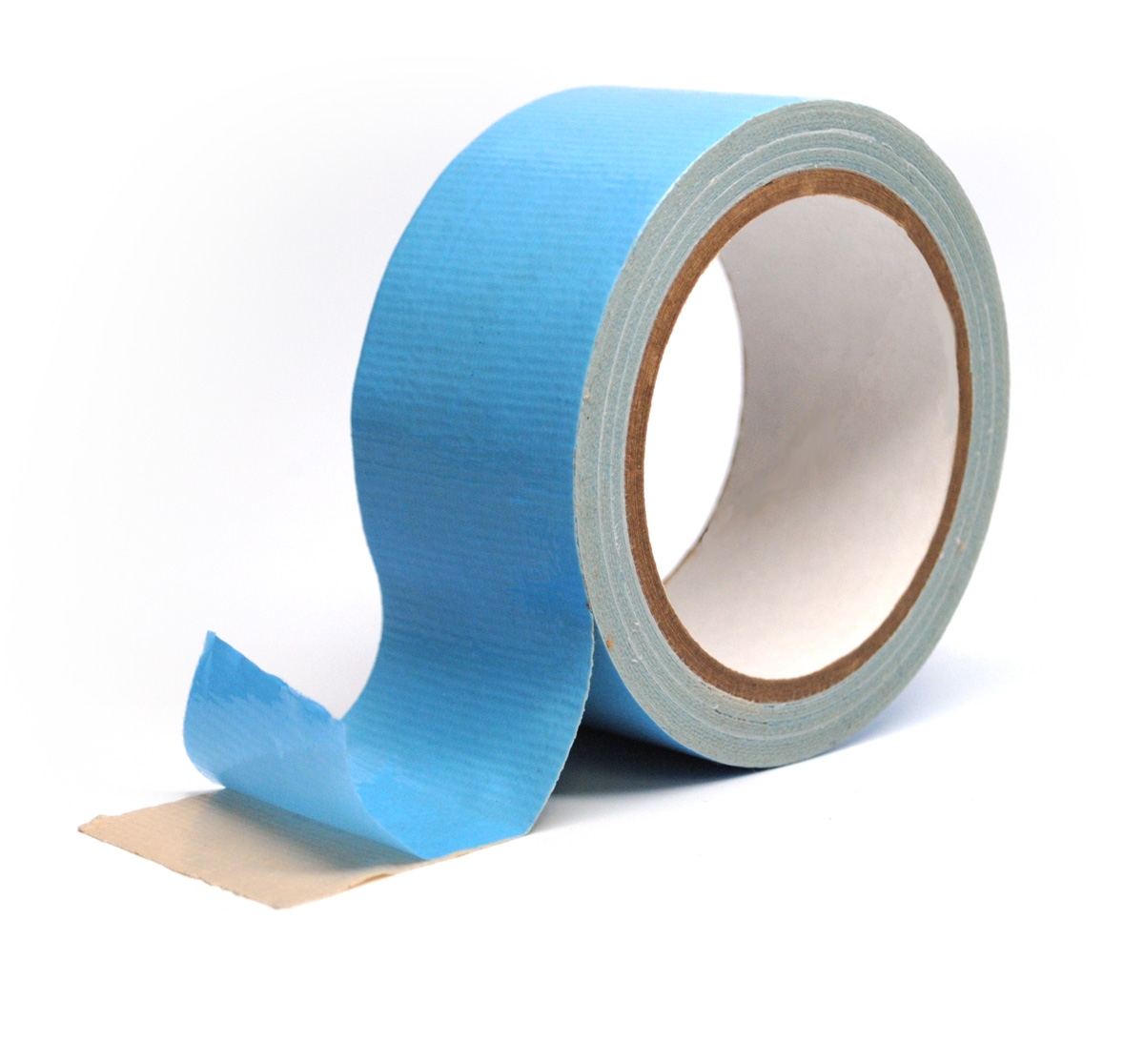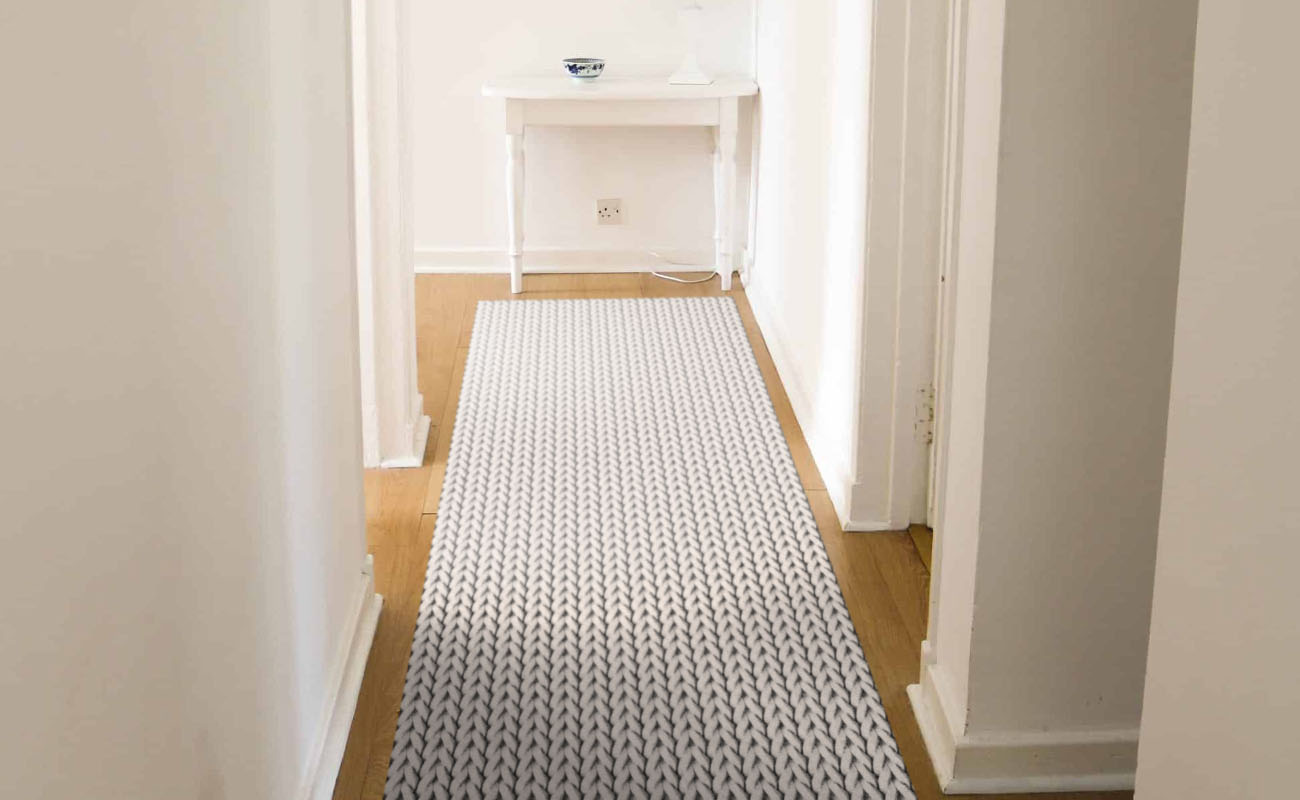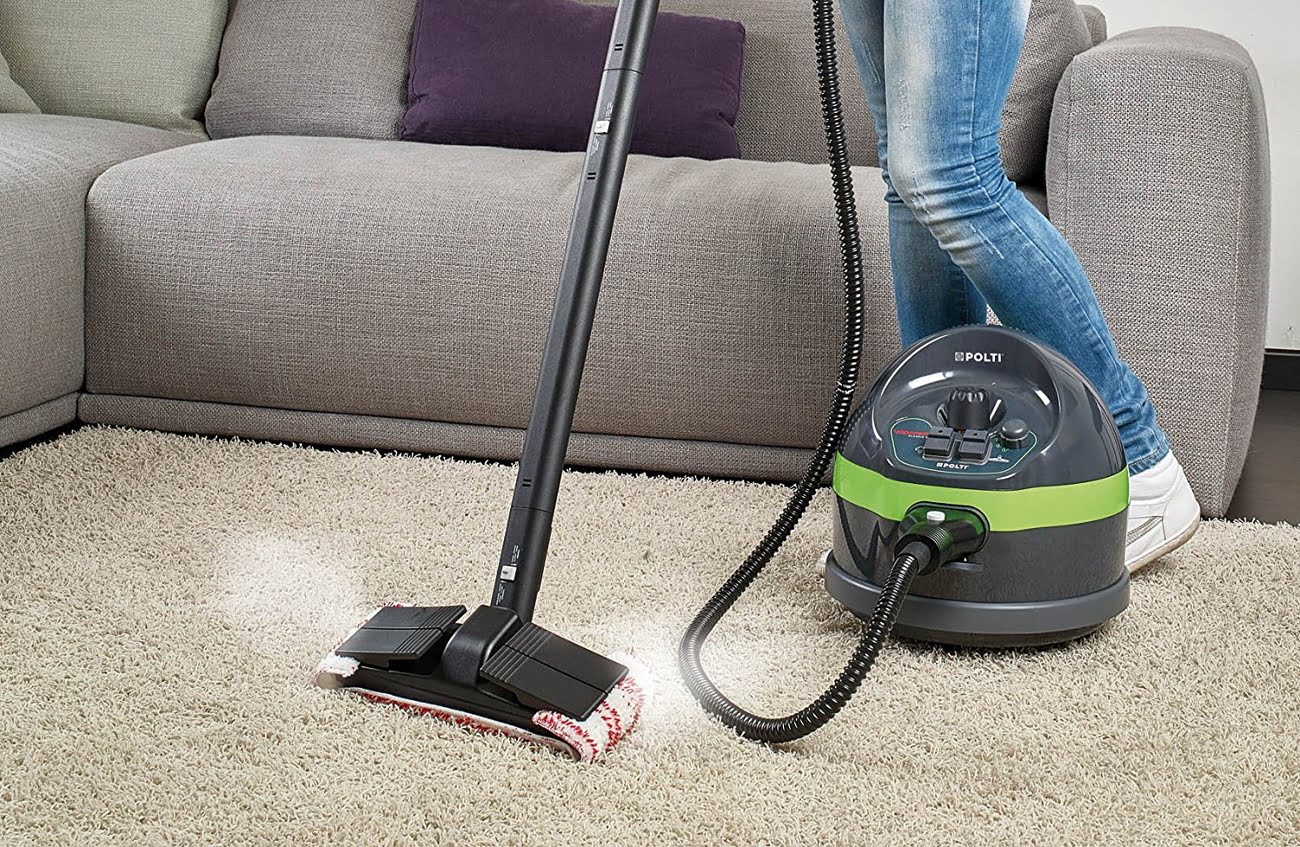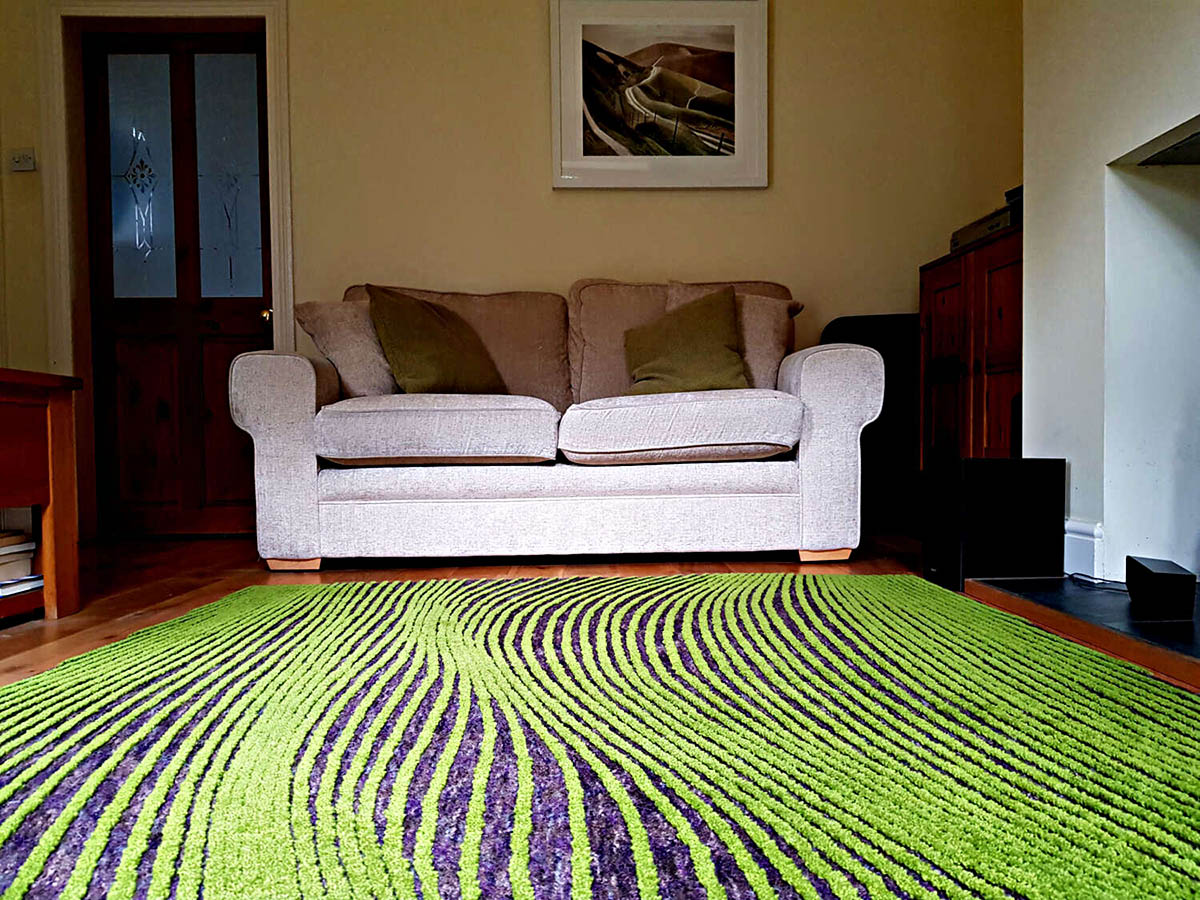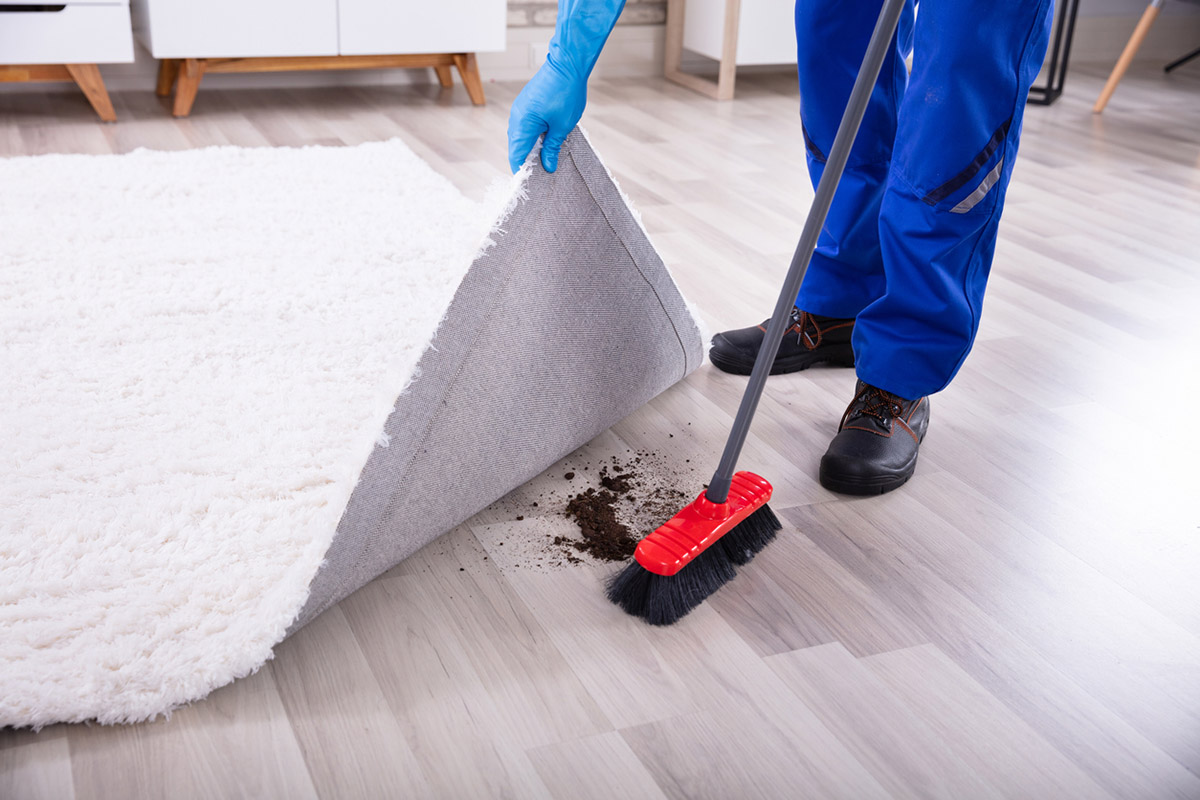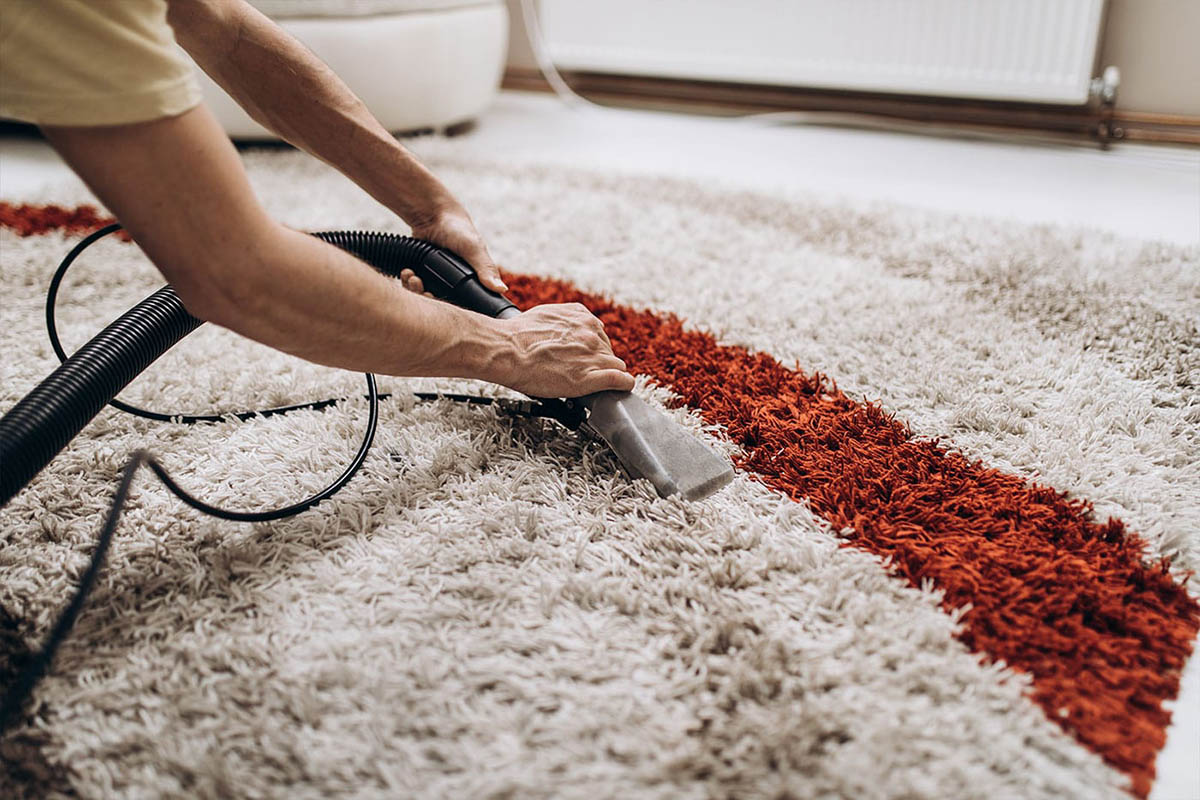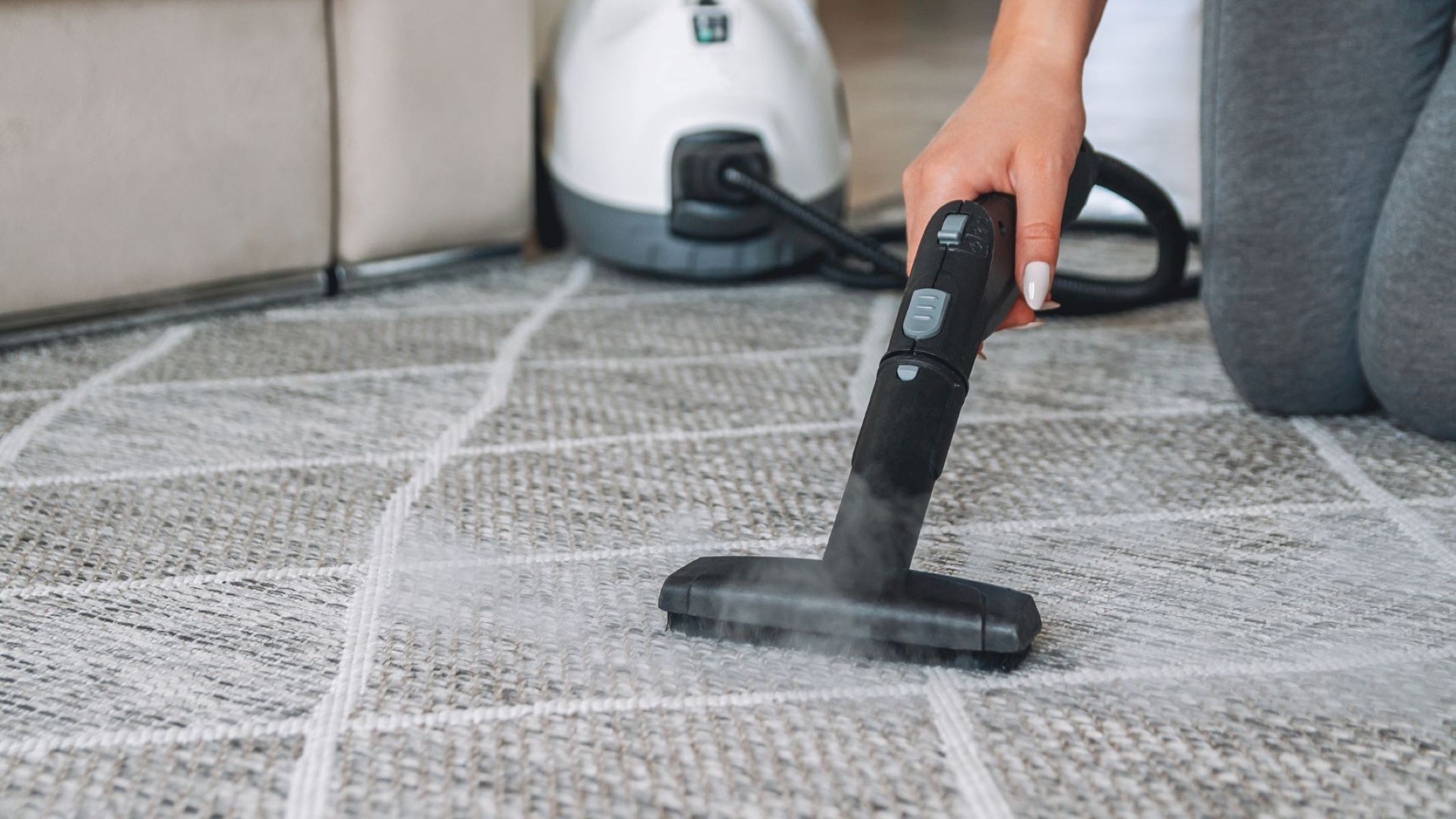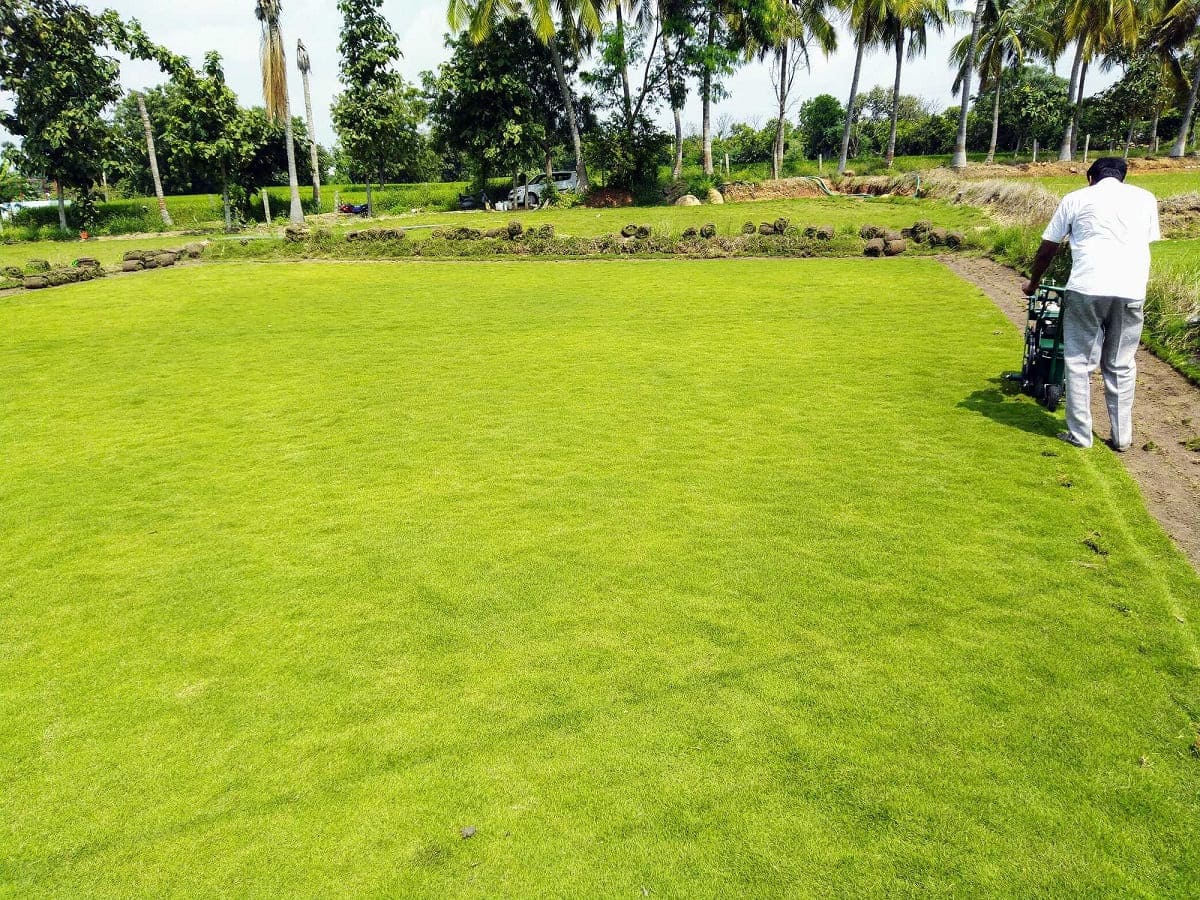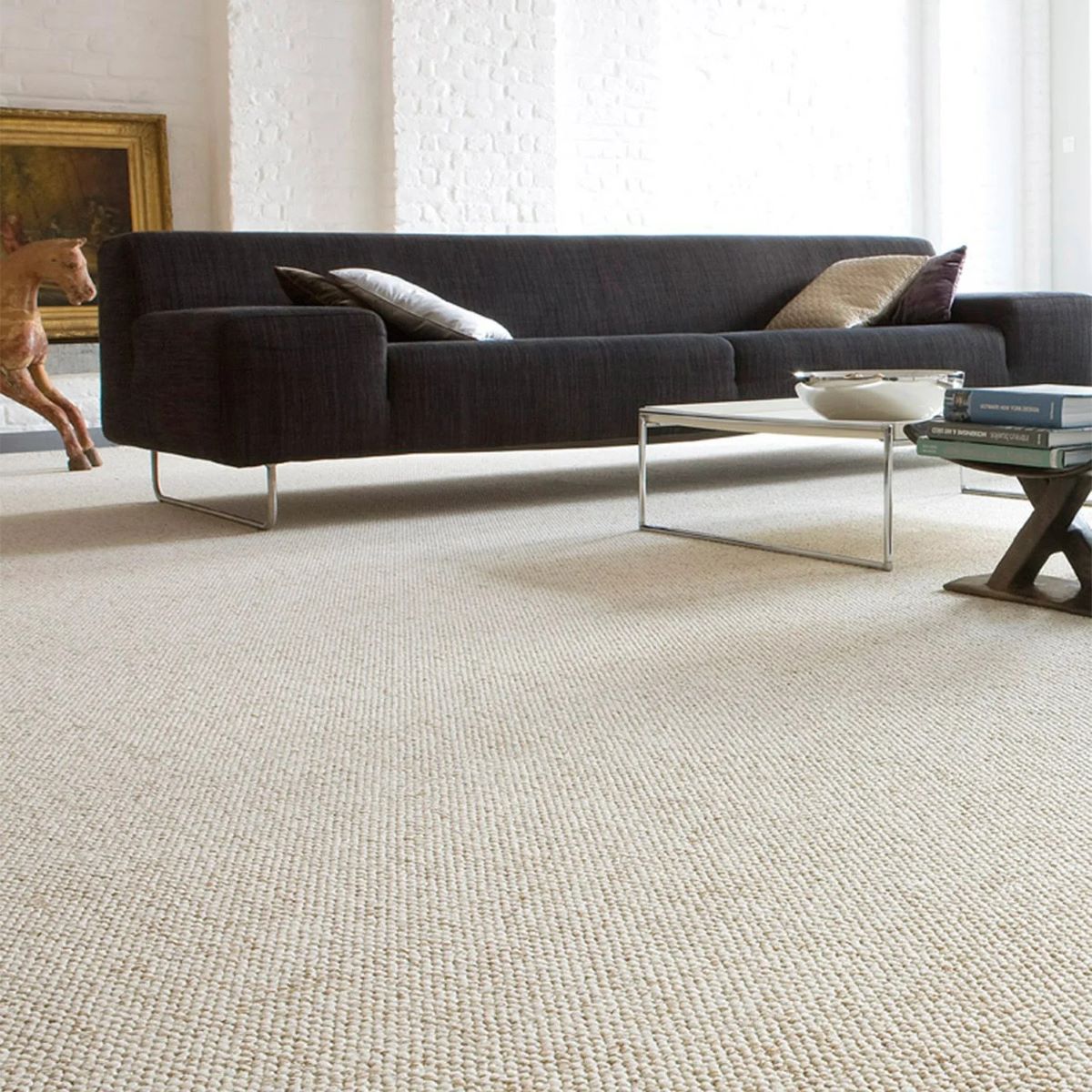

Articles
What Is A Berber Carpet
Modified: January 9, 2024
Discover the beauty and durability of Berber carpets in our informative articles. Learn about the unique characteristics and benefits of this popular carpet style.
(Many of the links in this article redirect to a specific reviewed product. Your purchase of these products through affiliate links helps to generate commission for Storables.com, at no extra cost. Learn more)
Introduction
Welcome to the world of Berber carpet! Berber carpet is a popular choice for homeowners and interior designers alike, thanks to its unique style and durability. But what exactly is Berber carpet? In this article, we will explore the definition, characteristics, history, types, pros and cons, maintenance, and popular uses of Berber carpet.
Berber carpet is a type of carpet that is named after the Berber people of North Africa, who are known for their distinctive weaving techniques. It is typically made of looped fibers that create a textured, multidimensional appearance. The loops can be large or small, creating different patterns and textures on the surface of the carpet.
One of the defining characteristics of Berber carpet is its incredible durability. The looped fibers are tightly woven together, making it resistant to wear and tear. This makes Berber carpet a great choice for high-traffic areas such as hallways, stairs, and living rooms.
But what sets Berber carpet apart from other types of carpet is its unique style. The looped fibers give it a casual and relaxed look, adding a touch of elegance and sophistication to any space. Whether you prefer a traditional or modern aesthetic, there is a Berber carpet style that will complement your design vision.
In the next sections, we will delve deeper into the characteristics, history, types, pros and cons, maintenance, and popular uses of Berber carpet. By the end of this article, you will have a comprehensive understanding of Berber carpet and be able to make an informed decision when it comes to choosing this type of carpet for your home.
Key Takeaways:
- Berber carpet, named after the Berber people of North Africa, offers durability, unique style, and versatility. Its looped fibers create a textured appearance, making it a popular choice for high-traffic areas and various interior design styles.
- With options ranging from wool to nylon and olefin, Berber carpet provides stain resistance, comfort, and low maintenance. Its history, from traditional weaving techniques to a global flooring trend, showcases its enduring appeal and practicality.
Read more: How To Deep Clean A Berber Carpet
Definition of Berber Carpet
Berber carpet, as mentioned earlier, is a type of carpet named after the Berber people of North Africa. It is characterized by its looped fibers that are woven tightly together, creating a unique and distinctive appearance. The looped fibers can be made of various materials, including wool, nylon, or olefin.
The term “Berber” refers to the traditional weaving technique used by the Berber people, who have been producing textiles for centuries. The looped construction of Berber carpet gives it a textured and patterned surface, which adds visual interest to any room.
One of the defining features of Berber carpet is its versatility. It can be found in a variety of colors, patterns, and pile heights, allowing homeowners to choose a style that fits their personal preferences and interior design scheme. From neutral tones to bold and vibrant hues, there is a Berber carpet for every taste.
Berber carpet is known for its durability. The tightly woven looped fibers make it resistant to stains, spills, and crushing, making it an excellent choice for areas with heavy foot traffic. It can withstand the wear and tear of everyday life, making it a practical and long-lasting flooring option.
It is important to note that not all looped carpets are considered Berber carpet. The term “Berber” specifically refers to the weaving technique, rather than the material itself. While many Berber carpets are made of wool, there are also synthetic options available that mimic the look and feel of wool Berber carpet.
Overall, the definition of Berber carpet can be summed up as a looped carpet characterized by its durability, unique and textured appearance, and versatility in terms of color and pattern options. It is a popular choice for those seeking a stylish and practical flooring solution for their homes.
Characteristics of Berber Carpet
Berber carpet possesses several distinctive characteristics that set it apart from other types of carpet. These characteristics contribute to its popularity and make it a desirable choice for homeowners. Let’s explore the key characteristics of Berber carpet:
- Looped Construction: Berber carpet is characterized by its looped construction, where the fibers are woven into loops rather than being cut like traditional pile carpets. This gives Berber carpet a unique and textured appearance, adding visual interest to any space.
- Durability: One of the most significant advantages of Berber carpet is its exceptional durability. The tightly woven loops make the carpet resistant to wear and tear, making it ideal for high-traffic areas such as hallways, stairs, and family rooms. It can withstand heavy foot traffic without showing signs of flattening or matting.
- Stain Resistance: Berber carpet is typically made of stain-resistant fibers, such as wool, nylon, or olefin. These fibers have natural or treated properties that make them resistant to spills and stains. However, it is worth noting that light-colored Berber carpet may be more susceptible to visible staining.
- Texture and Pattern Variety: Berber carpet comes in a wide range of textures and patterns to suit different design preferences. The looped fibers create a textured surface that adds dimension to the carpet. The patterns can range from subtle and understated to bold and intricate, allowing homeowners to find a Berber carpet style that complements their existing decor.
- No Visible Footprints: Due to its looped construction, Berber carpet is less likely to show footprints or vacuum cleaner marks compared to other carpet types. This can be particularly beneficial for those who prefer a clean and neat appearance without constant maintenance.
- Comfort: While Berber carpet is known for its durability, it also offers a certain level of underfoot comfort. The looped fibers provide a cushioned feel while still maintaining firmness and support. Adding a quality carpet pad can further enhance the overall comfort of Berber carpet.
These characteristics make Berber carpet a practical and visually appealing option for both residential and commercial spaces. Its durability, stain resistance, and variety of textures and patterns make it a versatile choice that can suit any interior design style. Whether you want a cozy and casual feel or a more sophisticated and elegant look, Berber carpet can fulfill your flooring needs.
History of Berber Carpet
The history of Berber carpet traces back to the ancient traditions of the Berber people in North Africa. For centuries, the Berber tribes, particularly those in Morocco and Algeria, have been renowned for their weaving techniques and craftsmanship. The creation of Berber carpets was an integral part of their cultural heritage and served as both practical and decorative items in their daily lives.
The original Berber carpets were hand-woven using natural fibers such as wool and camel hair. The tight looped construction provided excellent insulation and protection against the cold desert climate. The patterns and designs were often influenced by the rich cultural heritage and symbolism of the Berber tribes, reflecting their history, beliefs, and way of life.
With the passage of time and advancements in technology, the production of Berber carpets has evolved. In the mid-20th century, the demand for Berber carpets increased globally, leading to the introduction of mechanized methods of production. This allowed for mass production of Berber carpets, making them more accessible to a wider market.
One significant development in the history of Berber carpet was the introduction of synthetic fibers, such as nylon and olefin, as alternatives to natural materials. These synthetic fibers offered increased durability, stain resistance, and affordable pricing, making Berber carpets a popular choice for residential and commercial settings.
With their unique appearance and practical characteristics, Berber carpets gained popularity in the Western world during the 1980s and 1990s. Homeowners and interior designers were drawn to the distinct texture and pattern variety that Berber carpets offered. They became a fashionable alternative to traditional cut pile carpets and were often used to add a touch of warmth and visual interest to various living spaces.
Today, Berber carpets continue to be in high demand, not only for their attractive appearance but also for their durability and ability to withstand heavy foot traffic. They are commonly found in residential homes, offices, hotels, and other commercial establishments.
The history of Berber carpet is deeply intertwined with the history and culture of the Berber people. What started as a traditional weaving technique has now become a global flooring trend, cherished for its unique style, durability, and versatility.
Types of Berber Carpet
Berber carpet comes in a variety of types, each with its own unique characteristics and benefits. These different types of Berber carpets cater to various aesthetic preferences, durability requirements, and budget considerations. Let’s explore some of the most common types of Berber carpet:
- Wool Berber Carpet: Wool is a natural fiber and is considered the most luxurious and premium option for Berber carpet. Wool Berber carpets are known for their exceptional softness, warmth, and natural stain resistance. They offer excellent durability and are suitable for both residential and commercial spaces. However, wool Berber carpets tend to be more expensive compared to other types.
- Nylon Berber Carpet: Nylon is a synthetic fiber that is renowned for its exceptional durability and resilience. Nylon Berber carpets are highly resistant to wear, stains, and fading, making them suitable for high-traffic areas. They are available in a wide range of colors and designs, offering versatility and style options for homeowners.
- Olefin Berber Carpet: Olefin, also known as polypropylene, is another synthetic fiber commonly used in Berber carpets. Olefin Berber carpets are highly resistant to staining, moisture, and fading, making them ideal for areas prone to spills or moisture, such as basements and playrooms. They are also an affordable option for those on a budget.
- Pet-Friendly Berber Carpet: Pet-friendly Berber carpets are specifically designed to withstand the demands of households with pets. These carpets typically have a dense construction and stain-resistant properties, making it easier to clean up accidents or pet messes. They are available in various materials, such as nylon or polyester.
- Patterned Berber Carpet: Patterned Berber carpets add a touch of visual interest and sophistication to any space. They come in a variety of patterns and designs, ranging from simple geometrical patterns to intricate motifs. Patterned Berber carpets allow homeowners to add a unique and personalized element to their flooring.
- Commercial Grade Berber Carpet: Commercial grade Berber carpets are designed specifically for high-traffic commercial settings such as offices, hotels, and retail spaces. These carpets are engineered to withstand heavy foot traffic, making them durable and long-lasting. They are often made of durable synthetic fibers and have a low pile height for easy maintenance.
These are just a few examples of the types of Berber carpets available in the market. When choosing a Berber carpet, it is essential to consider factors such as the desired level of durability, budget, maintenance requirements, and aesthetic preferences. Consulting with a flooring professional can help you determine the best type of Berber carpet for your specific needs and preferences.
When choosing a Berber carpet, look for one made of high-quality wool or nylon for durability. Consider the loop size and density for the desired texture and appearance.
Read more: How To Get Old Stains Out Of A Berber Carpet
Pros and Cons of Berber Carpet
Berber carpet offers several advantages and some considerations to keep in mind when choosing it for your home. To help you make an informed decision, let’s explore the pros and cons of Berber carpet:
Pros:
- Durability: Berber carpet is highly durable due to its looped construction. The tightly woven loops make it resistant to wear and tear, making it an excellent choice for high-traffic areas in your home.
- Stain Resistance: Many Berber carpets are made from stain-resistant fibers or have stain-resistant treatments applied. This makes Berber carpet highly resistant to spills and stains, making cleanup easier and reducing the risk of long-term staining.
- Unique Appearance: The looped construction of Berber carpet gives it a unique and textured appearance, adding visual interest to any room. The variety of patterns and textures available allow you to choose a Berber carpet that complements your interior design style.
- Comfort: While Berber carpet is known for its durability, it also offers a certain level of underfoot comfort. The looped fibers provide cushioning and insulation, making it comfortable to walk on and reducing noise levels in your home.
- Low Maintenance: Berber carpet requires minimal maintenance. Regular vacuuming and occasional professional cleaning are usually sufficient to keep it looking clean and fresh. The tight, looped fibers also prevent dust and debris from settling deep into the carpet, making it easier to clean.
Cons:
- Potential for Snagging: The looped fibers in Berber carpet can sometimes snag, particularly if sharp objects or pets with long nails are present. These snags can cause the carpet to unravel, resulting in visible damage. It’s important to take precautions and avoid dragging heavy furniture or using sharp objects on the carpet.
- Difficulty with DIY Repairs: Repairing a snag or damaged area in Berber carpet can be challenging. Due to the looped construction, it is not as simple to patch or repair as other types of carpet. It is best to consult a professional if you encounter any issues that require repairs.
- Potential for Visible Tracking: While Berber carpet is less likely to show footprints or vacuum cleaner marks compared to other carpets, certain types with a high pile height may still show some tracking. It’s important to consider the pile height and traffic patterns in your home when choosing a Berber carpet that suits your needs.
- Less Softness: Berber carpet, especially those with shorter loop heights or made from synthetic fibers, may not offer the same level of softness as other types of carpet. If a plush and luxurious feel is a priority, you may consider opting for a different carpet type.
Considering the pros and cons can help you determine if Berber carpet is the right choice for your home. Factors like your lifestyle, budget, and personal preferences should also be taken into account when making your decision.
Maintenance and Cleaning of Berber Carpet
Proper maintenance and regular cleaning are essential for keeping your Berber carpet looking its best and prolonging its lifespan. The looped construction of Berber carpet requires specific care techniques to prevent damage and maintain its appearance. Here are some tips for maintaining and cleaning your Berber carpet:
- Vacuum Regularly: Regular vacuuming is crucial for removing loose dirt, dust, and debris from your Berber carpet. Use a vacuum cleaner with a rotating brush or beater bar to effectively clean the looped fibers. Aim to vacuum at least once or twice a week, or more frequently in high-traffic areas.
- Preventive Measures: Place doormats at entryways to capture dirt and prevent it from being tracked onto the carpet. Additionally, consider using furniture pads or sliders to minimize the risk of furniture indentations or snags on the carpet surface.
- Address Stains Promptly: When spills or stains occur, it’s important to act quickly. Blot the area with a clean, white cloth or paper towel to absorb the liquid. Avoid rubbing or scrubbing, as it can push the stain deeper into the fibers. For specific stain removal, refer to the manufacturer’s guidelines or consult a professional carpet cleaner.
- Professional Cleaning: Periodic professional cleaning is recommended to maintain the overall cleanliness and appearance of your Berber carpet. Professional cleaning methods, such as steam cleaning or hot water extraction, can effectively remove deep-seated dirt and stains. Always follow the manufacturer’s recommendations for professional cleaning frequency.
- Avoid Excessive Moisture: Berber carpet can be sensitive to excessive moisture, so it’s important to prevent over-wetting during cleaning or accidental spills. Use a damp cloth for spot cleaning and avoid saturating the carpet. If moisture does seep into the carpet, ensure proper ventilation and allow it to dry thoroughly to prevent mold or mildew growth.
- Spot Test Cleaning Products: Before using any commercial cleaning products or solutions on your Berber carpet, perform a spot test in an inconspicuous area to ensure it does not cause discoloration or damage. Follow the manufacturer’s instructions for proper usage and dilution ratios.
- Regular Inspection: Periodically inspect your Berber carpet for any snags, loose threads, or damage. If you notice any issues, avoid pulling on the loops as it could cause unraveling. Instead, consult a professional carpet repair specialist to assess and address the problem.
By following these maintenance and cleaning tips, you can keep your Berber carpet in excellent condition and enjoy its beauty and durability for years to come. Remember to refer to the manufacturer’s guidelines and consult professionals when necessary for specific care instructions or repairs.
Popular Uses of Berber Carpet
Berber carpet’s unique style, durability, and versatility make it a popular choice for a variety of residential and commercial spaces. Let’s explore some of the popular uses of Berber carpet:
- Living Rooms: Berber carpet adds a cozy and inviting touch to living rooms, creating a comfortable space for relaxation and socializing. Its durability makes it suitable for high-traffic living areas, where it can withstand the demands of daily life.
- Bedrooms: Berber carpet’s softness and warmth make it a great option for bedrooms. It adds comfort underfoot, creating a cozy environment that can enhance the overall relaxation and comfort of the space.
- Hallways and Entryways: Berber carpet’s durability and stain resistance make it an ideal choice for hallways and entryways, where foot traffic is typically higher. Its ability to withstand wear and tear keeps the space looking clean and fresh for longer periods.
- Stairs: The textured surface and durability of Berber carpet make it a popular choice for staircases. Its resistance to wear and tear ensures that the carpet can withstand heavy foot traffic on the stairs, reducing the risk of visible damage.
- Basements: Berber carpet is often chosen for basements due to its moisture-resistant properties. Synthetic fibers like olefin or nylon can resist mold and moisture damage, making them suitable for areas prone to dampness. It adds both style and comfort to the basement space.
- Commercial Spaces: Berber carpet is widely used in commercial spaces such as offices, hotels, and retail stores. Its durability and stain resistance make it an excellent choice for areas with high foot traffic. It can withstand the demands of commercial environments while adding a touch of style and elegance to the space.
- Pet-Friendly Areas: Berber carpet is often chosen for areas frequented by pets due to its durability and stain resistance. It can handle the occasional accidents or pet hair without showing visible damage or being difficult to clean, making it a practical choice for pet owners.
- Recreational Spaces: Berber carpet is also used in recreational spaces such as game rooms, home theaters, and playrooms. Its durability and comfort make it suitable for these areas where people gather to relax, play, and enjoy leisure activities.
The versatility of Berber carpet allows it to complement various interior design styles, from traditional to modern. It comes in a multitude of colors, patterns, and pile heights, ensuring that there’s a Berber carpet option to suit any space or design preference.
Whether it’s for residential or commercial use, Berber carpet offers both style and functionality, making it a popular choice for flooring in a wide range of spaces.
Conclusion
Berber carpet is a distinctive and versatile flooring option that has gained popularity for its unique style and durability. With its looped fibers, Berber carpet adds texture, visual interest, and a touch of elegance to any space. Whether you’re looking to enhance the comfort of your living room, add warmth to your bedroom, or create a stylish and practical flooring solution for commercial spaces, Berber carpet offers a variety of benefits.
From wool to nylon and olefin, Berber carpets are available in different materials, each with its own set of characteristics and advantages. The durability of Berber carpet makes it an excellent choice for high-traffic areas where resistance to wear and tear is a priority. It is also known for its stain resistance, making it easier to clean and maintain.
Throughout history, Berber carpet has evolved from a traditional weaving technique used by the Berber people of North Africa to a global flooring trend. Its popularity continues to grow due to its ability to blend seamlessly with various interior design styles. Whether you prefer a contemporary, minimalist look or a more traditional, eclectic feel, there is a Berber carpet option to suit your aesthetic preferences.
In terms of maintenance and cleaning, regular vacuuming and prompt attention to spills are key to keeping your Berber carpet in pristine condition. Periodic professional cleaning is also recommended to remove deep-seated dirt and stains and maintain the overall cleanliness. Following these guidelines will help you enjoy the beauty and longevity of your Berber carpet.
From living rooms to bedrooms, hallways to commercial spaces, Berber carpet finds its place in a variety of settings. Its versatility and durability make it a popular choice among homeowners and designers alike.
In conclusion, with its unique style, durability, and wide range of options, Berber carpet offers an attractive flooring solution for those seeking both functionality and aesthetics. Choose Berber carpet to transform your spaces into comfortable, inviting, and visually captivating environments for years to come.
Frequently Asked Questions about What Is A Berber Carpet
Was this page helpful?
At Storables.com, we guarantee accurate and reliable information. Our content, validated by Expert Board Contributors, is crafted following stringent Editorial Policies. We're committed to providing you with well-researched, expert-backed insights for all your informational needs.
